The Island Of Mozambique (Ilha de Mocambique)
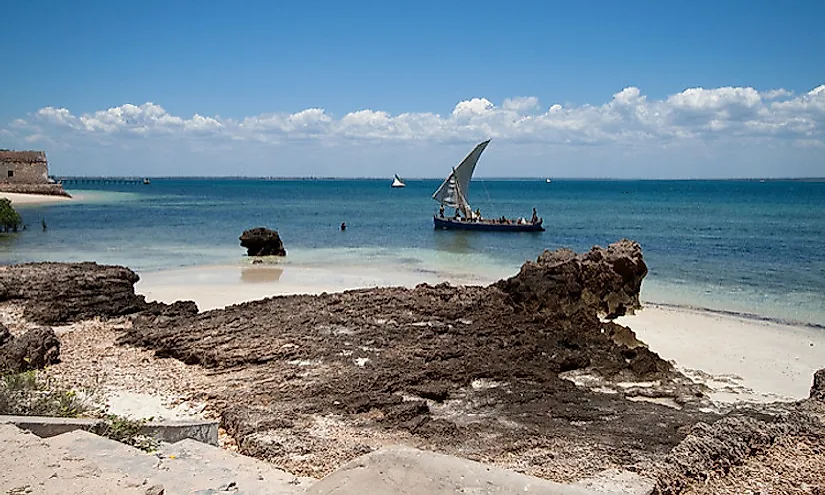
5. Geography -
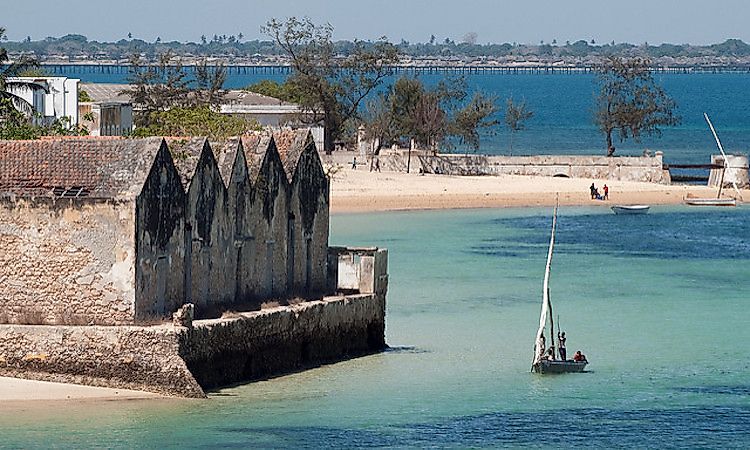
The Island of Mozambique is a calcareous coral reef that is located in East Africa about 2.48 miles (4 kilometers) off of the northern coast of the country of Mozambique. The island is not very large, as it is only around 1.86 miles (3 kilometers) in length and between 656 to 1,640 feet (200 to 500 meters) wide. The small island is found between the Mossuril Bay and the Mozambique Channel and is part of the Nampula Province. It also forms an archipelago with the Islands of Goa and Sena to the east, but both of these islands are uninhabited.
4. Tourism -
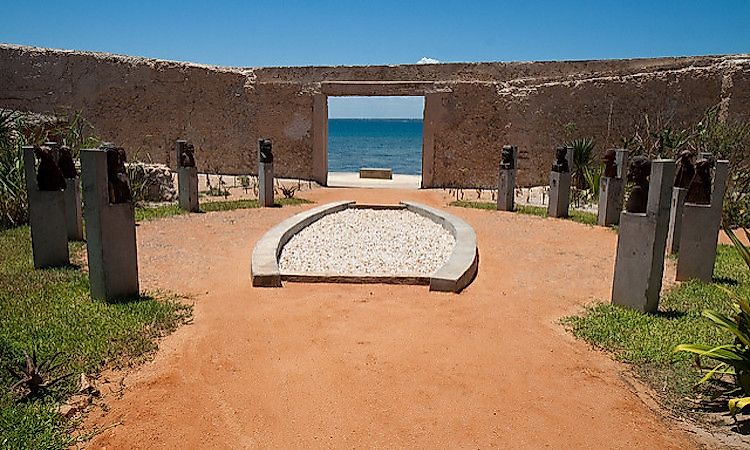
The Island of Mozambique was designated as a United Nations Educational, Scientific and Cultural Organization (UNESCO) World Heritage site in 1991 and is currently the only such site in Mozambique. The island is one of the fastest growing tourist destinations in the whole country. The island is home to the Chapel of Nossa Senhora de Baluarte, which the Portuguese built in 1522, and it is one of the oldest European buildings in the Southern Hemisphere of the world. The island is also home to the Fort of São Sebastião, which was built in 1608 and is the oldest still standing complete fort in all of sub-Saharan Africa. There is also the Palace and Chapel of São Paulo, which was constructed in 1610.
3. Historical Significance -
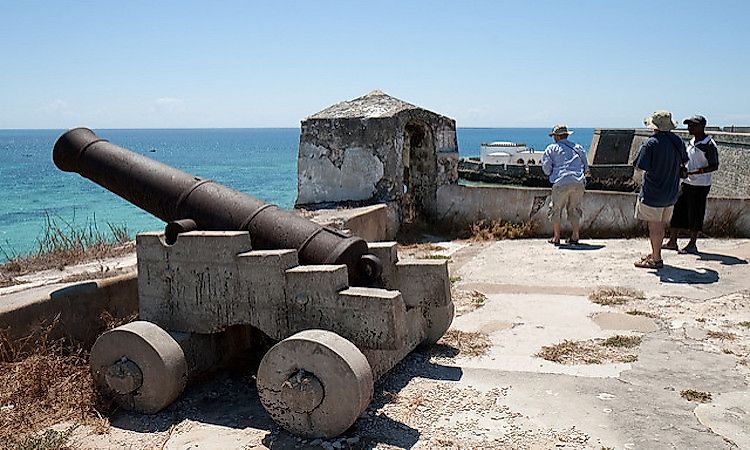
Before the Portuguese explorer Vasco da Gama (c.1460-1524) first visited the island in 1498, it has been a major Arab port for traders in Africa, the Middle East and India and also served as an important boat building center for a few centuries. By the early 16th century, the Portuguese had gained control of the island from the Swahili people and built a naval base and port. Over the next few centuries the island became a major missionary center and trading post for gold, spices and the slave trade. The Island of Mozambique was the capital of Portuguese East Africa (1498-1975) from the early 16th century until 1898 when it was moved to what is now Maputo. This was due to the construction of the Suez Canal taking a big chunk of the city's trade and the recent Witwatersrand Gold Rush taking place by Maputo. The city's history shows that it was historical significant as a major trading post and it shows the establishment and interaction between Europe, Africa, the Middle East and Asia, as well as the effects of the trading, conquest, colonization and more between these areas over the centuries.
2. Natural Habitats and Biodiversity -
The island of Mozambique operates on a weather pattern similar to the rest of the country, with a dry season and a wet season. The temperature is warm, as the area has a tropical to sub-tropical climate, although the island is cooler as it is off of the coastline. The island is prone to cyclones that can hit the area and affect people, animals, and buildings.
1. Life on the Island Today -
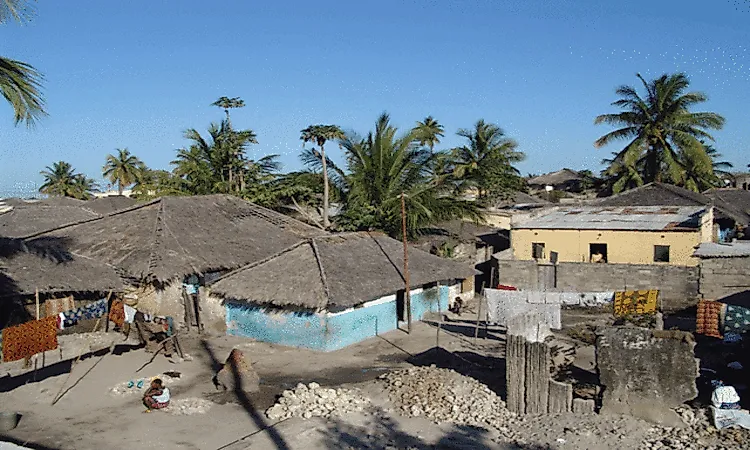
Today the Island of Mozambique has a permanent population of around 14,000 people, with most of them living on the southern part of the island in reed houses, while the northern part of the island is where most of the historical stone and lime buildings are found. Tthe southern part of the town is dominated by traditional African architecture, while the northern parts exhibit architecture influenced by the Arabs, Swahili, and Europeans. The town, especially the southern area, has had a major population influx that happened during the Mozambican Civil War (1976-1992) which has led to urban pressures on the town in terms of overcrowding, poverty, sanitation and the water supply.











